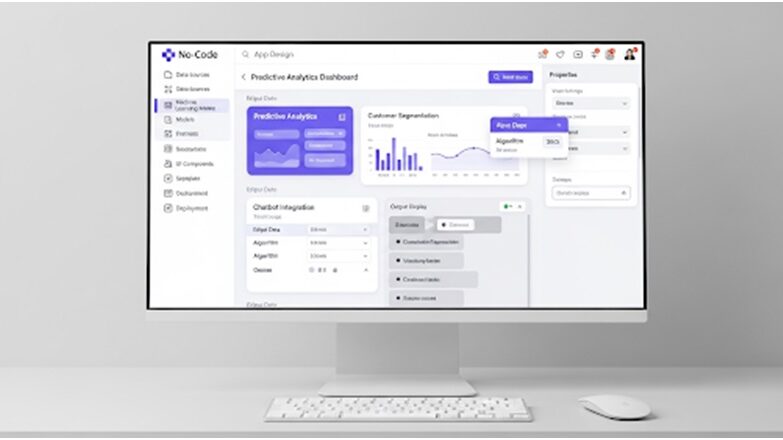Breast cancer is a dangerous condition where cells of the breast multiply out of control and create tumors that sometimes spread to other areas of the body. According to the estimates of the World Health Organization (WHO), 2.3 million people across the world were diagnosed with breast cancer, and around 670,000 people died in the year 2022.
Irrespective of all the developments in modern technology, breast cancer doesn’t have a cure.
The current available treatments are surgery, chemotherapy, and radiation. Sometimes these treatments are not applicable to every patient and tend to show resistance and side effects.
The researchers have been working on finding novel approaches to detecting and treating breast cancer at an early stage.
A potential biomarker that is used for research is called Mammaglobin-A.
It is a small protein of the secretoglobin family that is present in normal breast tissue, but is excessively produced in approximately 80 percent of breast tumors. The tendency makes it a useful biomarker in the study of breast cancer.
Let us discuss what it is and what its potential is in breast cancer research.
Current Research and Applications of Mammaglobin-A in Breast Cancer
1. Recombinant Protein Use:
Mammaglobin-A can be produced using HEK293 cells. The purity of Mammaglobin-A recombinant protein forms expressed in HEK293 cells is quite high (>95%), and these forms are often closely similar to the natural protein sequence. These proteins find extensive use in assays, the production of antibodies, and experimental vaccine development.
2. Immunotherapy
Recombinant Mammaglobin-A is used in dendritic cell–based immunotherapy. Cytotoxic T lymphocytes (CTLs) can be stimulated by dendritic cells engineered to express Mammaglobin-A with adenoviral vectors and then targeted to kill breast cancer cells. This strategy reveals a strong immunotherapy opportunity of the recombinant Mammaglobin-A protein.
3. Targeted Drug Delivery
Nanoparticles with chemotherapy drugs can have antibodies raised against Mammaglobin-A attached to them.
In this smart delivery, treatment is delivered directly to Mammaglobin-A-positive tumor cells, causing the least amount of damage to normal tissue.
The targeted strategies are expected to minimize side effects of drugs and maximize treatment efficacy by focusing therapy right where it is intended.
4. Biomarker Development
Mammaglobin-A is one of the most breast tissue-specific proteins, and this fact makes it a powerful diagnostic and prognostic biomarker. It is not generally found in non-breast tissues, and this reduces the chances of false positives.
They can be detected by modern peptide-based antibodies and ELISA kits in blood and tissue with high accuracy. These tools enable clinicians and researchers not only to diagnose breast cancer at an earlier stage, but also to track the response of the disease to treatment over time.
Moreover, periodic Mammaglobin-A measurements could be helpful to aid prognostic determination, in which the strength of expression may be linked with tumor aggressiveness or recurrence probability.
Molecular And Cellular Clues Of Mammaglobin-A.
The structural characteristics of mammaglobin-A that make it significant in the context of breast cancer research are:
- It forms a complex with lipophilin B to enhance its stability and detection during the research.
- It contains a transmembrane domain, and as such, it is present on the tumor cell surface and is thus subject to therapies.
- Glycosylation modulates its molecular mass, that may be observed in investigations such as Western blot and immunohistochemistry.
- Its hydrophobic pockets can bind to lipids and steroids that may mediate growth and hormone response of the tumor.
The above properties render Mammaglobin-A an effective biomarker and an attractive drug target.
Conclusion:
Breast cancer is developing rapidly, and the hope currently is Mannaflobin-A. Its specificity benefits the research in many ways. Mammaglobin-A Recombinant Protein is helping scientists get a better diagnosis and come up with some medication that works, that can make the future even better.
But when a researcher or a scientist purchases recombinant antibodies or proteins, they need to select a reliable and licensed seller. The purity of proteins produced should be ensured with caution above 95 percent because only then can the research be empowered and give the correct results.











